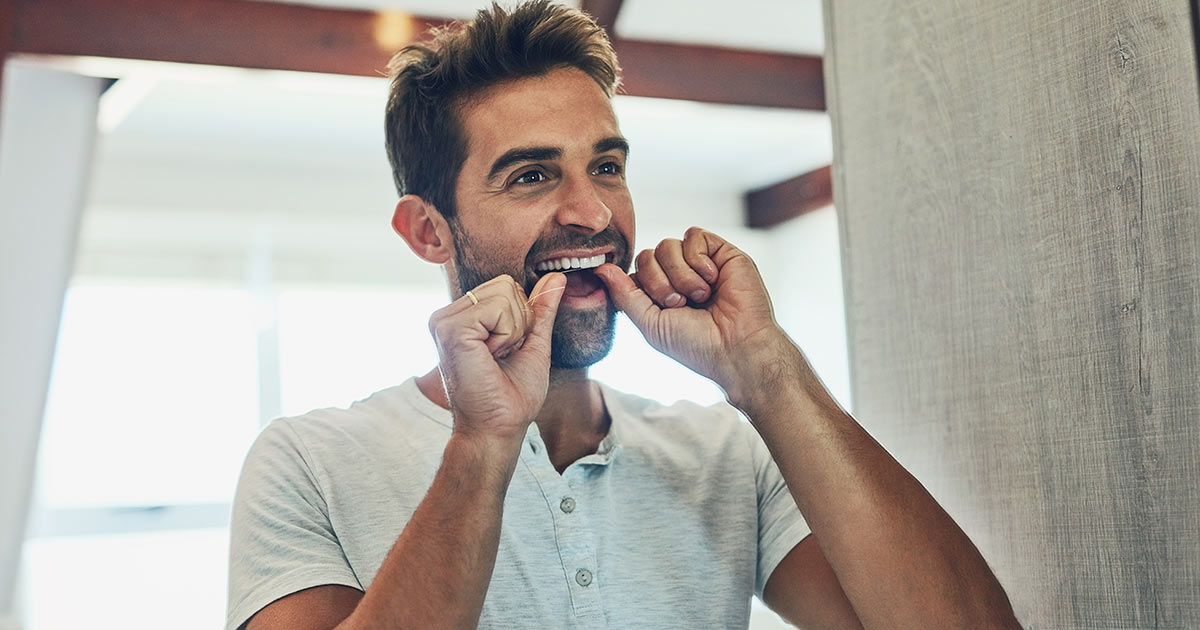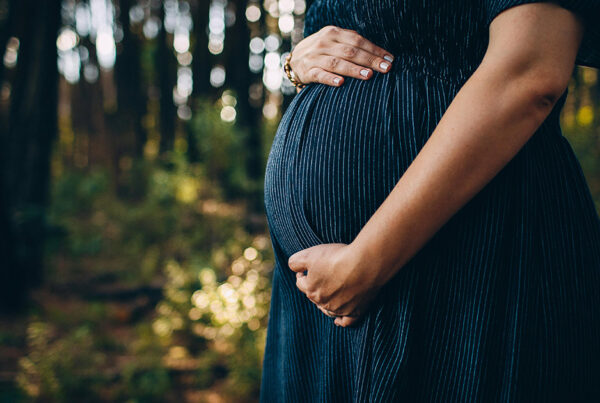Confident that you’re brushing and flossing in the right order? From our many conversations with patients, we’ve found that sometimes there’s some confusion around the correct order for oral hygiene that best prevents tooth decay and cavities. So as your East Vancouver dentist, Dr. Sonia Sahi and Nest Dental aims to clear it all up here.
Should You Floss or Brush First?
The question of whether to floss before or after brushing is probably the most commonly asked question about at-home oral hygiene. The answer? According to the American Association of Orthodontists and the Canadian Dental Association, flossing before brushing is the way to go. In this order, any food particles or plaque you dislodge from flossing can be brushed or washed away during brushing.
The best flossing technique? Take a 30-45 cm strand of waxed dental floss, and be sure to clean in a C-shape, up and down each tooth.
Should You Brush Your Teeth Before or After Breakfast?
Here’s what dental professionals say when asked whether to brush teeth before or after breakfast: Before! Why? Because brushing before breakfast removes the plaque that’s built up overnight — you want to remove plaque from your teeth about every 12 hours so before breakfast is ideal. Choosing to brush before instead of after breakfast also provides a barrier of protection against the acids from your first meal of the day. (Coffee and orange juice anyone?)
If you really, really want to brush after breakfast, wait about 30 minutes after eating. This gives your saliva time to neutralize the acids produced by the oral bacteria eating up the sugars from your breakfast, which temporarily softens your enamel. Brushing when your enamel is in a weakened state can damage your teeth.
Pro tip: choose a soft toothbrush or even an electric toothbrush for a good clean without damaging your gums.
Should You Floss at Night or in the Morning?
Flossing is the underrated hero of oral hygiene. But when should you do it? The best time to floss is at night. Flossing at the end of the day helps clear out food particles and plaque you’ve accumulated the whole day, preventing them from damaging your teeth while you sleep. Dr. Sahi recommends flossing more frequently if you have braces or after eating food that’s known for getting extra stuck in teeth — like corn on the cob, seeds, or nuts.
I Have a Waterpik Flosser. Should I Use My Waterpik Before or After Brushing?
First, you’ve made a great choice by including a water flosser in your oral hygiene routine! Use your Waterpik before brushing, like you would with regular dental floss. Doing so helps soften and dislodge food, making brushing more effective. As your East Vancouver dentist, we also suggest using your Waterpik after you brush to rinse out excess toothpaste or food particles if you like.
When Do You Use Mouthwash, Before or After Brushing?
If you’ve recently added mouthwash to your oral hygiene routine, high fives all around! Like the American Dental Association says, mouthwash helps remove lingering plaque on your tongue and in areas your toothbrush might miss, like the very back teeth. So when should mouthwash happen — before or after brushing and flossing? After brushing might seem logical, but it can actually wash away your toothpaste’s fluoride from brushing. A better idea is to use mouthwash at a different time, like after lunch or other times during the day when you don’t brush. This keeps your breath fresh and if you use a fluoride mouthwash (which we highly recommend!) you’ll get an extra fluoride boost during the day.
Your Daily Mantra: Floss + Brush + Mouthwash = Great Oral Care
So there you have it, answers to your most burning questions about the correct order for oral hygiene. Floss or brush first? Floss. Brush your teeth before or after breakfast? After. Boost with mouthwash? Preferably not right after brushing.
Remember that a consistent oral health care routine is key for preventing tooth decay, cavities, and gum disease.
And the Last Step: Seeing Your Mount Pleasant Dentist
Now, as your Mount Pleasant dentist, we can’t forget to mention that a preventative oral hygiene routine also includes regular professional check-ups and cleanings. Sit back and relax in our soothing office as we gently remove tartar (hardened plaque), smooth your enamel, and remove surface stains. Simply put, giving you an even squeakier clean on top of your already amazing at-home care — like icing on the cake (minus the sugar!). Plus, Dr. Sahi can spot any small dental issues and treat them before they become big ones.
Give us a shout to schedule your next appointment and experience spa-like care for your smile.




